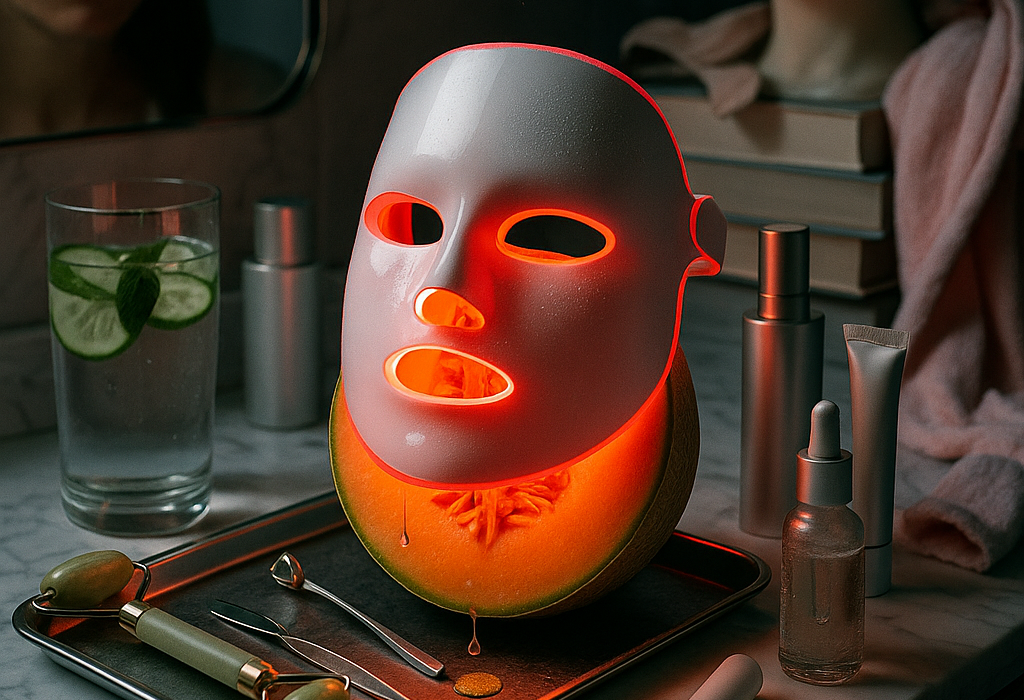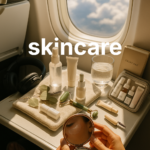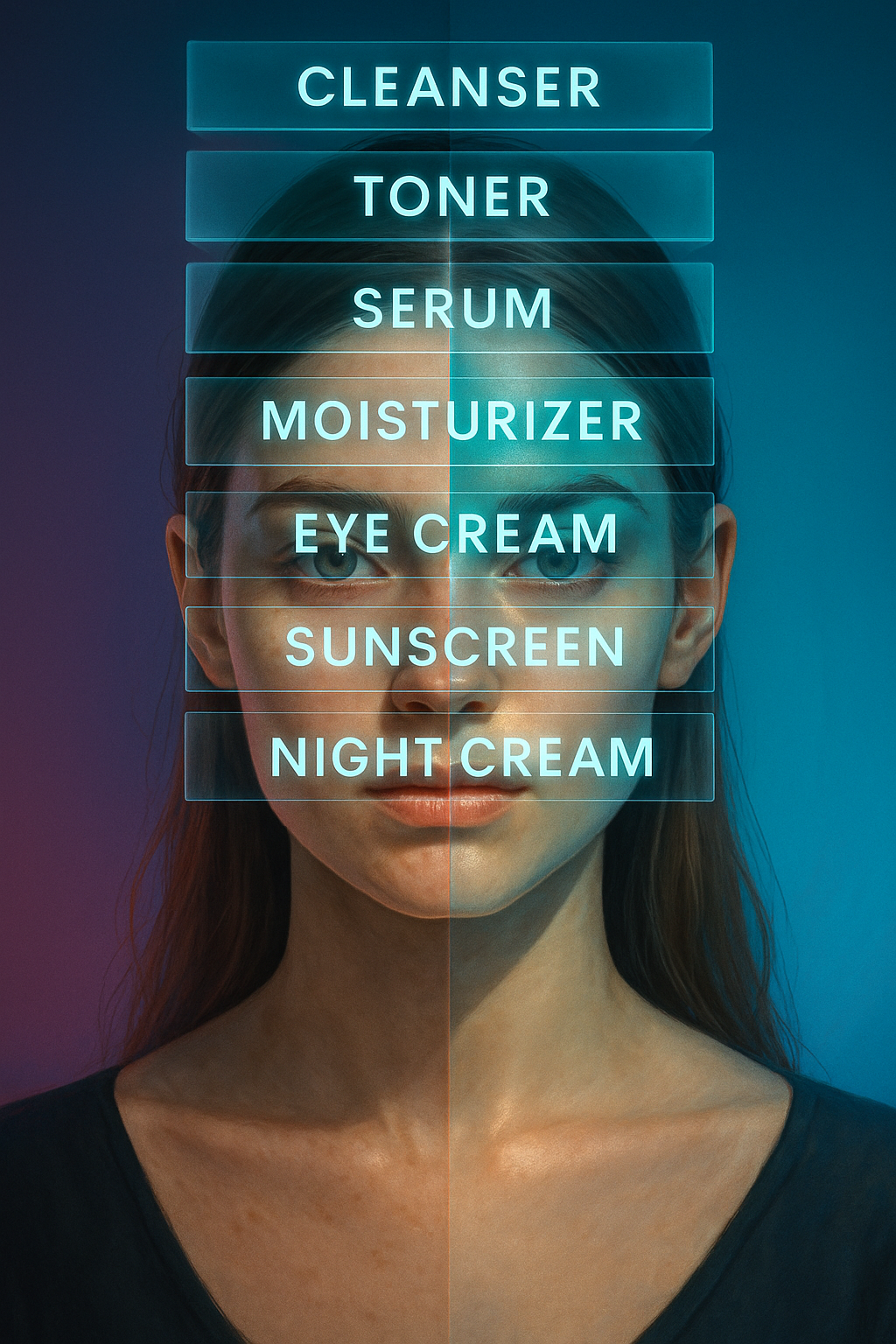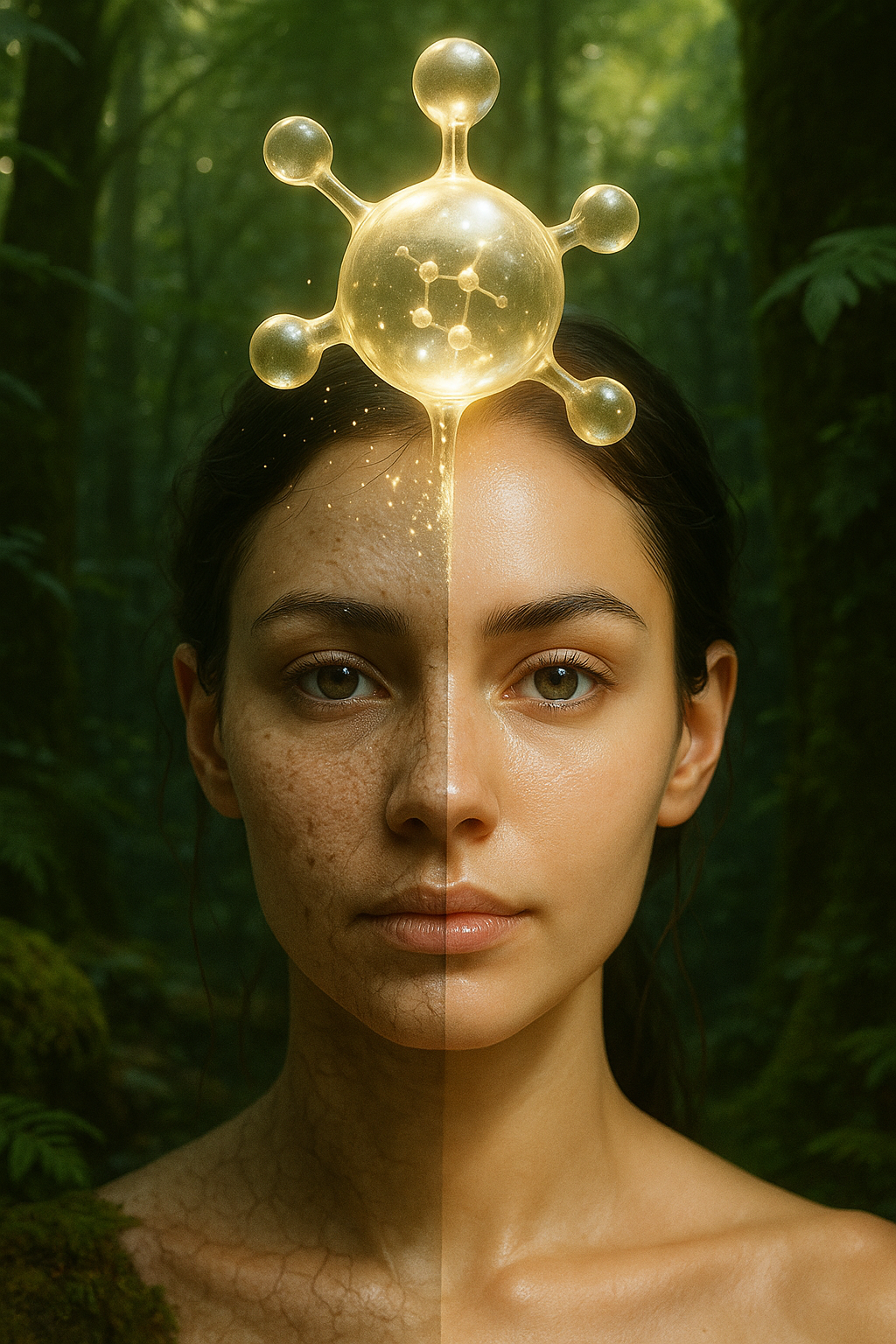1. Introduction: The Glow Trap
We’ve all seen them, those sleek, sci-fi looking LED face masks glowing like Iron Man’s cousins. The promise? Younger, clearer, firmer skin. But if you’ve spent more than five minutes in the skincare world, especially on Reddit, you’ve likely come across the now-iconic line: “Red light masks are basically glowing toys.”
It hit a nerve. Because for many of us who genuinely want to care for our skin (and not just look like we’re about to perform surgery), we need real answers. Do these things work? Or are they just expensive light shows? I’ve dug into research, user stories, dermatologist input, and my own experience to give you a brutally honest breakdown of red light therapy, masks versus panels, and how to use them effectively if you do go for it.
2. What Is Red Light Therapy?
2.1 The Science in Simple Terms
Red light therapy, also known as photobiomodulation, uses low-level light (usually around 630 to 660nm red light and 810 to 850nm near-infrared) to energize your skin cells. Think of it as a gentle power-up for your mitochondria, the tiny engines inside your cells.
This light encourages collagen production, reduces inflammation, improves healing, and boosts circulation. All without pain, needles, or downtime.
2.2 What It Can Actually Help With
It’s been studied for:
- Calming down acne and post-acne inflammation
- Improving wound healing
- Reducing signs of aging like fine lines and dullness
- Helping conditions like rosacea and eczema through its anti-inflammatory effects
When done right with the correct light, strength, and timing, red light therapy is legit.
3. Why Most LED Masks Are Basically Glowing Toys
3.1 The Power Problem
Here’s the real tea: most at-home red light masks don’t deliver the light intensity (called irradiance) or dosage needed for clinical effects. That’s why so many people use them religiously and still feel “meh” about the results.
Unless a device can give you at least 4 to 24 J/cm² per session at the proper wavelength, you’re not getting therapeutic benefits. Many cheaper or Instagram-famous masks barely scratch the surface.
3.2 Marketing vs. Reality
A lot of brands make bold claims like “boosts collagen,” “reverses aging,” or “cures acne,” but offer zero independent clinical studies to back them up. Some don’t even publish what wavelengths they use. That’s a red flag (pun fully intended).
3.3 Panels Are Quietly Superior
Here’s what most skincare nerds and professionals agree on: panels work better. They’re stronger, cover more skin, and give more consistent output. Yes, they’re bulkier and less glam, but they’re also more likely to give you visible, meaningful results.
4. Still Thinking About a Mask? Here’s What to Know
4.1 They’re Not Completely Useless
I won’t be dramatic — not all masks are a total waste. If you get a decent one and use it regularly, you might see improved skin tone, a little glow, and reduced redness. Just don’t expect Botox-like results or instant acne clearing.
4.2 What to Look for in a Mask
If you’re set on getting one, at least choose smartly:
- Look for red light between 630–660nm
- Near-infrared light (810–850nm) helps deeper skin layers
- Aim for devices that disclose power density and dosage — 4 to 24 J/cm² is ideal
4.3 When Masks Might Work Best
| Skin Goal | Mask Benefit? | What to Know |
|---|---|---|
| Mild inflammation | Calms skin | Works best if used often |
| Texture and elasticity | Minimal impact with low-power mask | Use a panel for serious anti-aging goals |
| Sensitive or reactive skin | May soothe redness | Make sure materials and lights are gentle |
5. How Masks Stack Up Against Clinical Devices
5.1 Clinical Results Exist But Not for All Devices
Studies show red light therapy can reduce acne (by nearly 45 percent over a few weeks), boost collagen, and even support wound healing. But these studies usually use high-quality clinical tools, not budget-friendly masks off Amazon.
Some FDA-cleared at-home options like Omnilux, LightStim, and Dr. Dennis Gross show better results because they’re backed by actual research.
5.2 What Dermatologists Say
Derms don’t usually recommend red light masks alone. They prefer them as an add-on to professional treatments like microneedling, lasers, or chemical peels. Translation: red light is the booster, not the whole ride.
6. Safety and Smart Use Tips
6.1 Protect Your Eyes
Not every mask is designed with real eye safety in mind. Always wear protective goggles if your device doesn’t include shields. Your retina will thank you.
6.2 Mind Your Actives
Don’t slap on your red light mask right after using exfoliating acids or strong retinoids. Give your skin 24 to 48 hours to chill out before exposing it to light therapy.
6.3 Be Consistent and Patient
If you want results, think long game. Most people see visible changes after three to six weeks of use (about three to five times per week). Major skin improvements? Expect at least eight to twelve weeks.
7. Masks vs. Panels: Which One Is For You?
Masks: Pros and Cons
Pros:
- Convenient and hands-free
- Great for routine lovers
- Easy to travel with
Cons:
- Lower power and surface coverage
- May not last long (LEDs dim over time)
- Minimal results for advanced concerns
Panels: Pros and Cons
Pros:
- Higher power output
- More coverage (face, scalp, even chest)
- Better results over time
Cons:
- More expensive
- Less “pretty” and not as portable
8. Top Devices That Actually Work
If you’re considering a real investment, these are worth a look:
- Omnilux Contour Face – Clinician-level results, comfortable fit, great for anti-aging
- CurrentBody Skin LED Mask (Series 2) – Loved by editors and celebs. Helps with tone and breakout control
- Dr. Dennis Gross SpectraLite FaceWare Pro – Combines red and blue light for aging and acne, in a high-quality design
9. What Reddit (and Real Users) Are Saying
Let’s be honest — Reddit doesn’t hold back. One of the top comments reads: “Most of these masks are glowing toys. Get a panel if you’re serious.” And they’re not wrong.
But not everyone’s throwing them out. Some users report better tone, calmness, and even glow — especially when paired with other skincare habits. As long as your expectations are realistic, they can still have a place.
10. How to Use Red Light Properly
Your Step-by-Step Routine
- Start with clean, dry skin
- Always use eye protection
- Stick to 10 to 20 minutes per session, 3 to 5 times a week
- Apply your usual serums or moisturizer afterward
- Take photos every few weeks to track results
11. If Not Red Light… What Else?
- Blue Light Therapy – Great for acne
- Microcurrent or Microneedling – Firming, collagen boost
- Professional Lasers – Fast, dramatic changes for aging or pigmentation
You don’t need to do it all. But combining tools smartly (with dermatologist guidance) can really upgrade your routine.
12. Final Verdict: Buy or Pass?
Here’s the bottom line:
- Red light therapy absolutely works, but only if the specs are right and you use it regularly
- Most consumer masks look cool but don’t deliver the power needed for dramatic change
- For best results, consider panels or professional treatments
- If you just want a gentle, calming routine booster, a well-reviewed mask can still be part of your glow-up toolkit
Go in with knowledge. Know your skin goals. And please don’t expect magic after two uses — that’s not how skin biology works.
Quick FAQ
Can red light help acne?
Yes, especially with inflammation and post-acne healing. Best when paired with blue light or topical treatments
Is it okay to use with retinoids or acids?
Wait at least 24 hours after strong actives before using red light
Are masks safe?
Yes, but always use eye protection and avoid sketchy brands with no disclosed specs
How soon will I see results?
Give it at least three to six weeks of regular use before expecting noticeable changes
Summary Table
| What You Need to Know | Insight |
|---|---|
| How it works | Energizes cells to heal and boost collagen |
| Why masks underperform | Most don’t reach therapeutic power levels |
| When masks help | Mild glow, calming effects with consistency |
| Why panels work better | Higher power, more coverage, real results |
| Safety musts | Use goggles, skip actives beforehand |
| Best use case | Add-on to existing skincare, not a cure-all |

